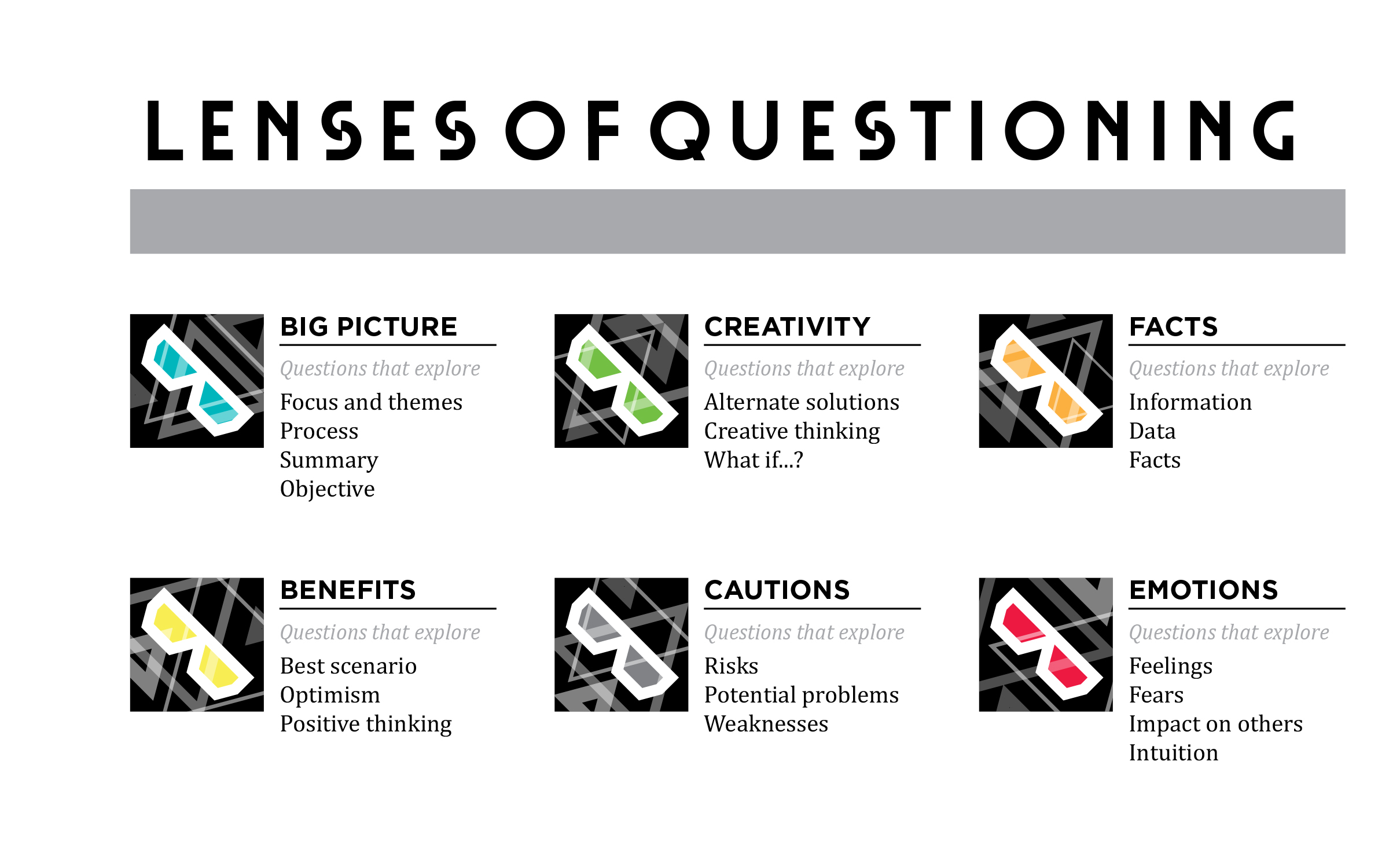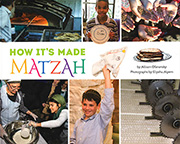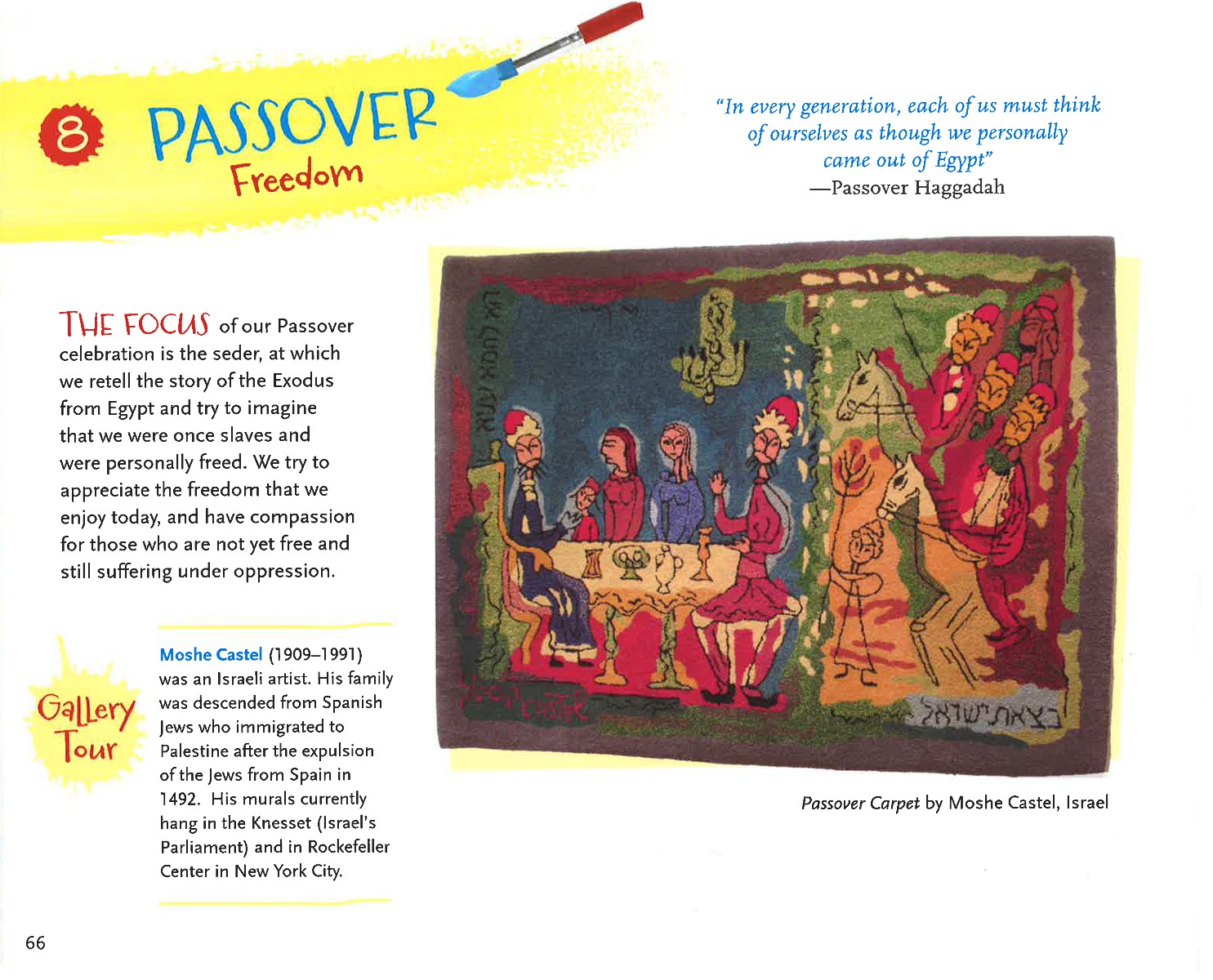Hands-On Resources to Deepen Passover Learning
Passover offers so many opportunities for learning - about Jewish history, the importance of home and holiday observance, and the value of repetition. Here are some resources you can use with students to explore many aspects of the holiday.
In Teach Them Diligently: A Midrash on the Jewish Educator’s Year, Bonnie Stevens describes the haggadah as "our greatest textbook, laying out the lesson plan for a class so important that every Jew must repeat it yearly - the seder." One of the lessons the haggadah teaches us is about the role of questions in learning.
The haggadah doesn't rely on children to devise questions on their own. The Four Questions, for example, are spelled out. Sometimes we may use the haggadah's techniques to prod students to ask questions. And we too are bound to ask questions ourselves.
But coming up good questions is hard. In The Jewish Educator's Companion, educator Batsheva Frankel describes a technique she developed for modeling and teaching students to ask great questions. Called the Lenses of Questioning, it uses six colors that correspond to six categories of questions.

To teach children to ask good questions, use this concept when introducing a piece of text, concept, or prayer, and asking differen questions about your topic while prefacing the question with an explanation about its lens color. For example, if the topic is Passover, you may want to ask why we tell the Exodus story, and tell your students you'll be asking a blue-lens question, which focuses on themes and objectives. A red-lens question that deals with feelings might be, "How does it make you feel when you imagine that you were a slave in Egypt?" As students begin to understand how to think about a topic from different angles, they can begin generating their own questions, one for each color lens.
Read how one educator in Michigan put this method into practice with her elementary school students:
What do the words “slavery” and “freedom” mean to you? What do slavery and freedom look like? Study the artwork by Moshe Castel using guiding questions, then create your own piece that reflects a time when you personally felt movement from being constricted to being free.
 For something a bit more hands-on, How It's Made: Matzah takes you on a visual tour of the hows and whys of matzah. Through more than 100 color photos, meet the people who make matzah by hand or in factories and see how they keep to the strict 18-minute time limit, mirroring the Israelites race against time over 2,000 years ago. There are directions for bake your own matzah, decorating an Elijah's cup and growing your own greens.
For something a bit more hands-on, How It's Made: Matzah takes you on a visual tour of the hows and whys of matzah. Through more than 100 color photos, meet the people who make matzah by hand or in factories and see how they keep to the strict 18-minute time limit, mirroring the Israelites race against time over 2,000 years ago. There are directions for bake your own matzah, decorating an Elijah's cup and growing your own greens.
Don’t forget to subscribe to our newsletter and connect with us on social media!




